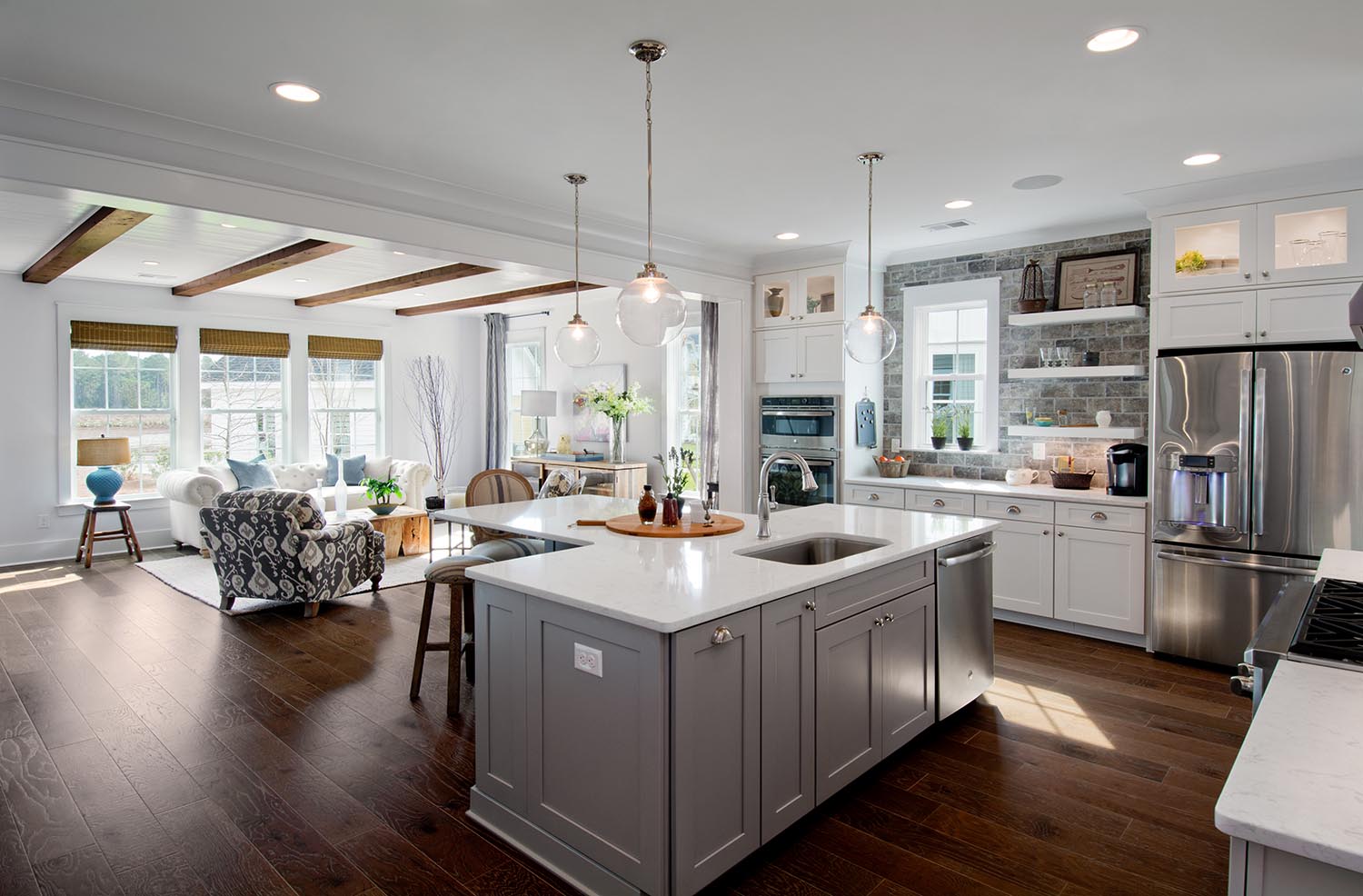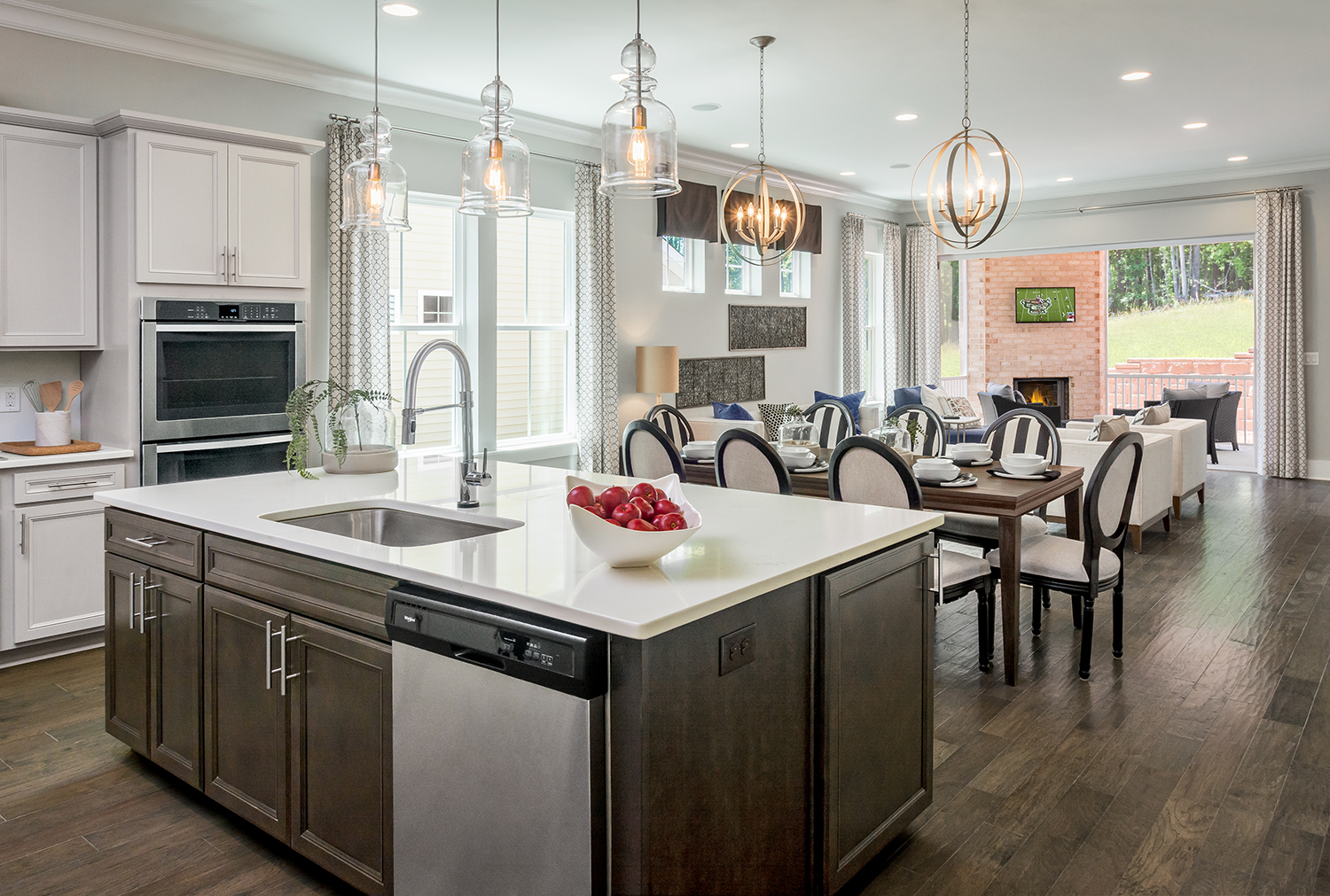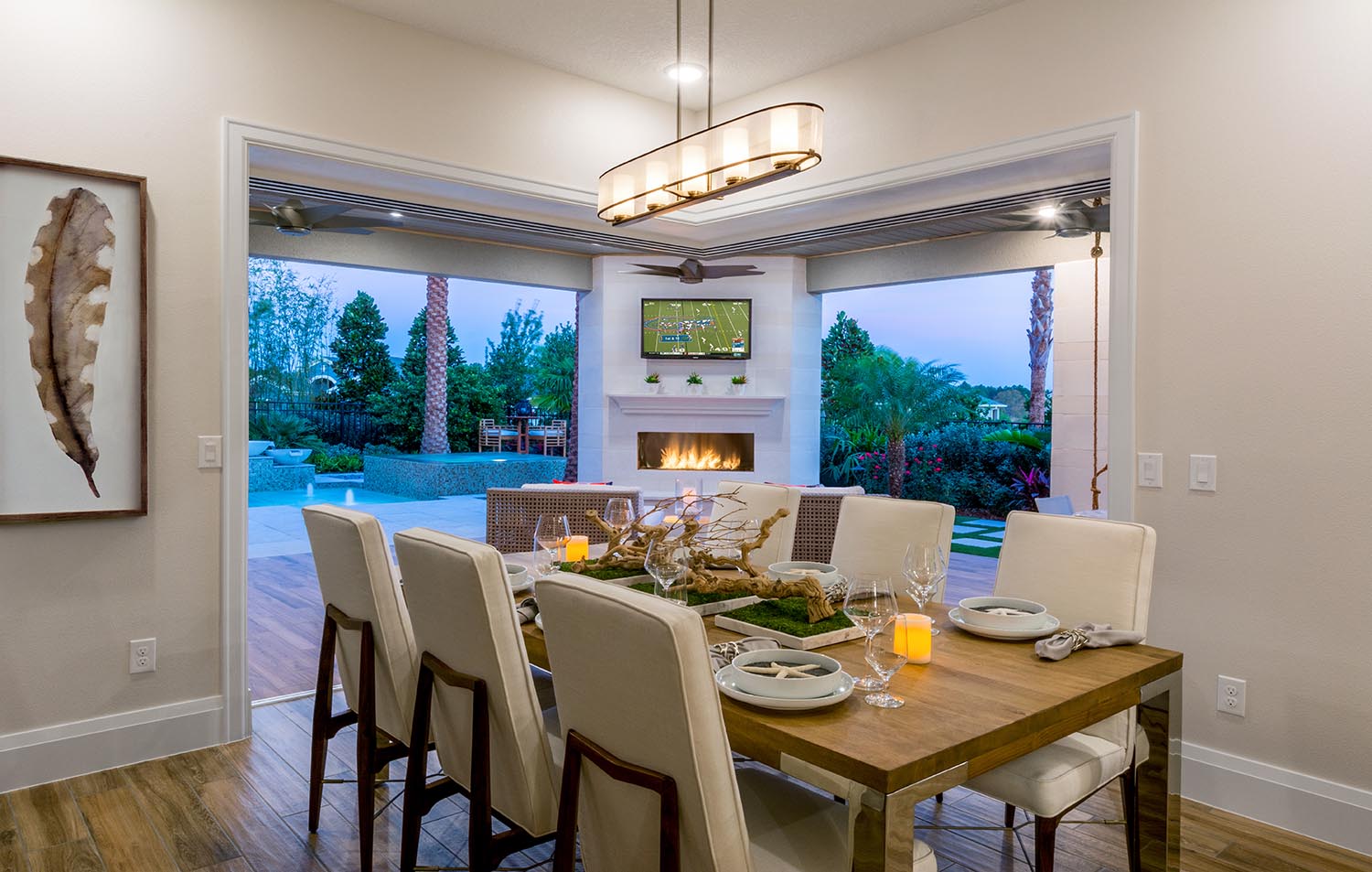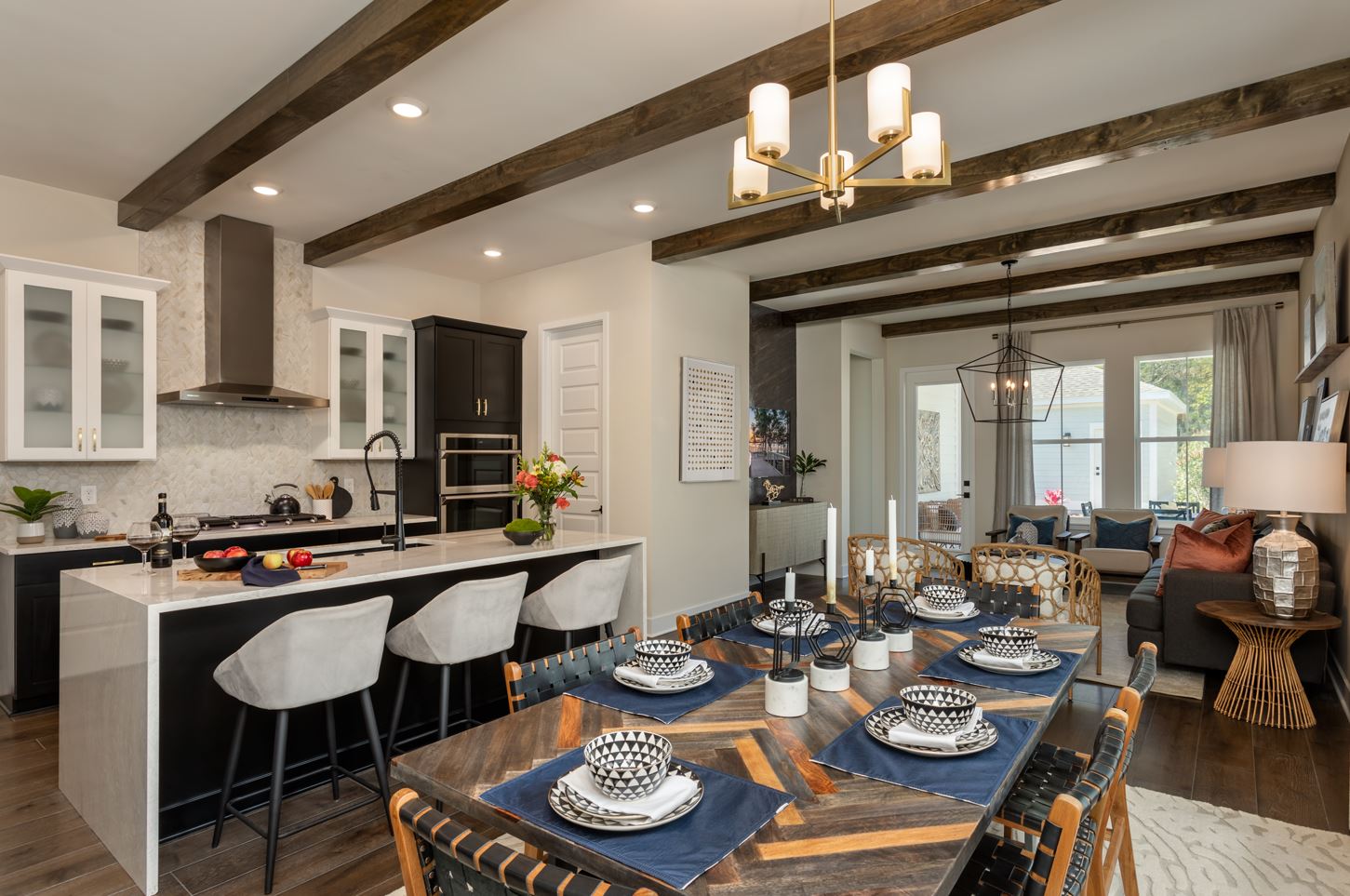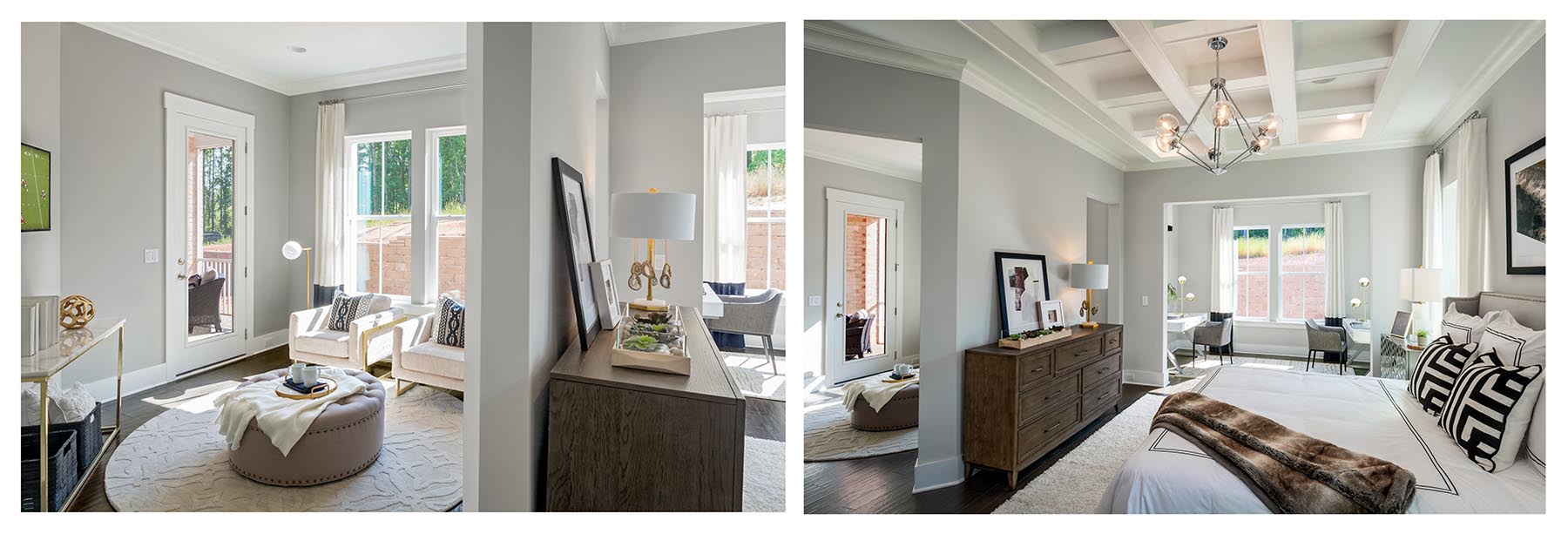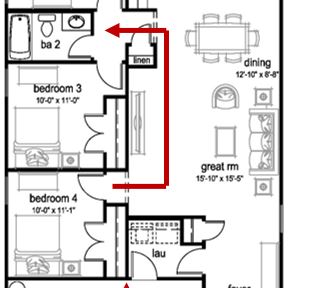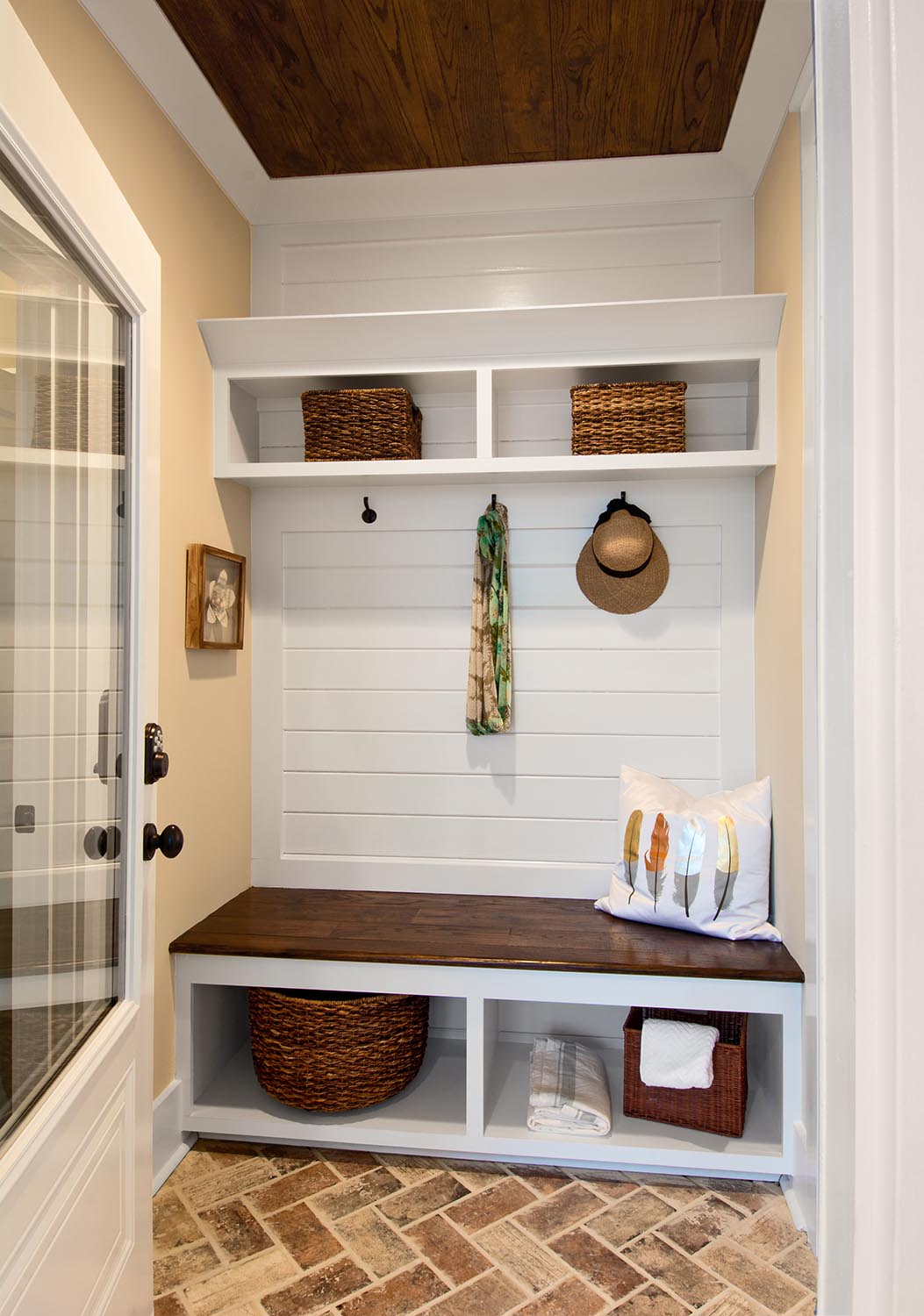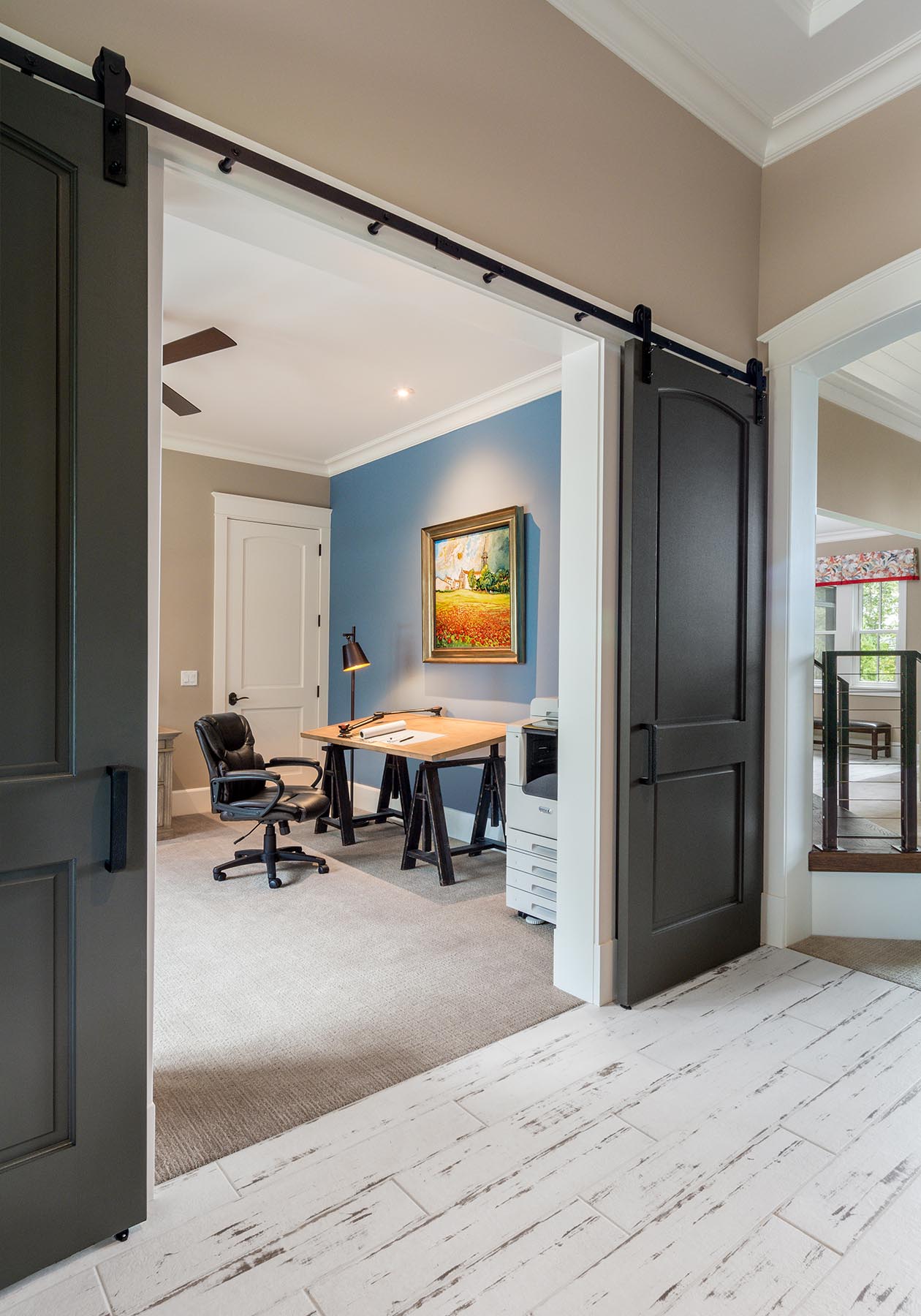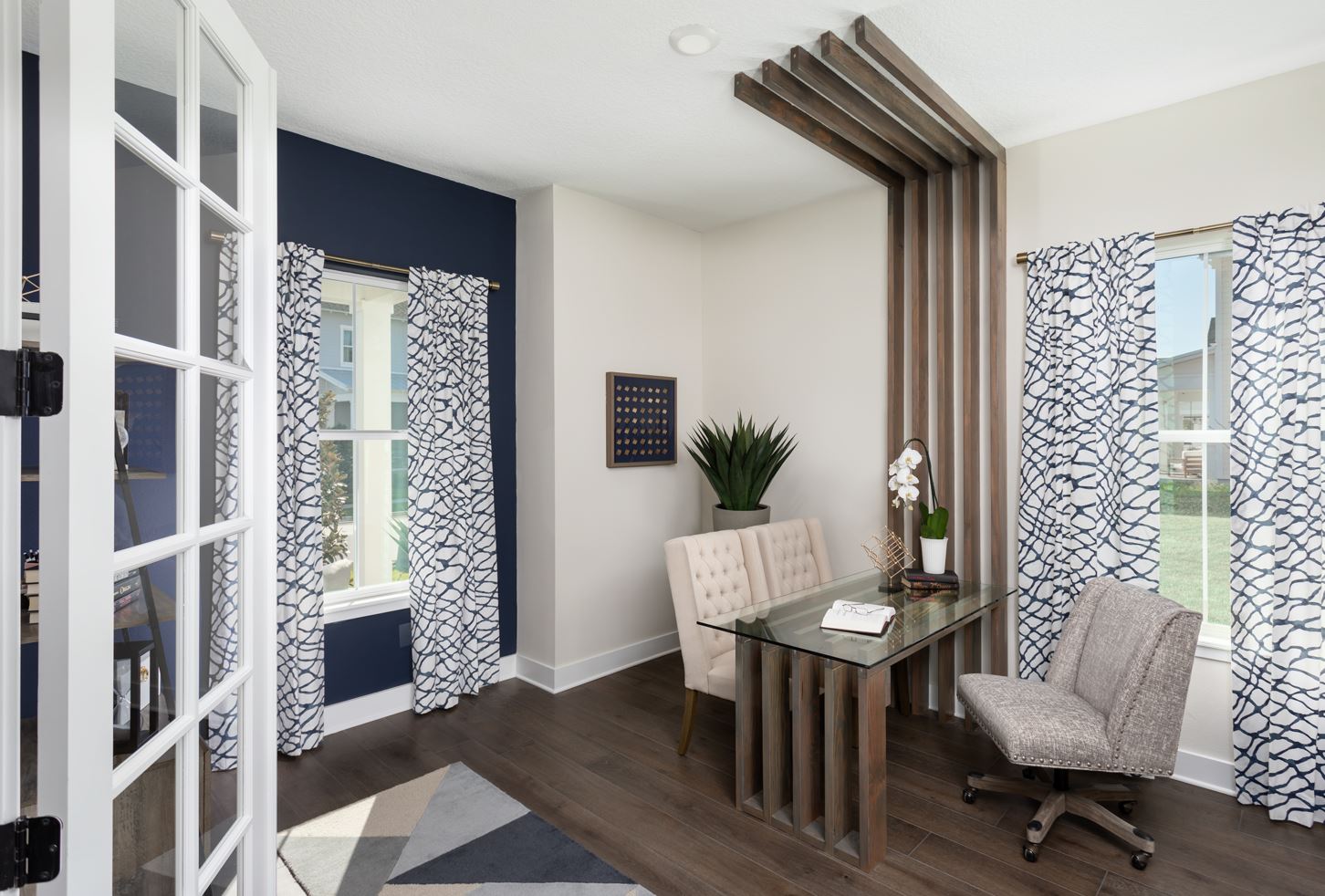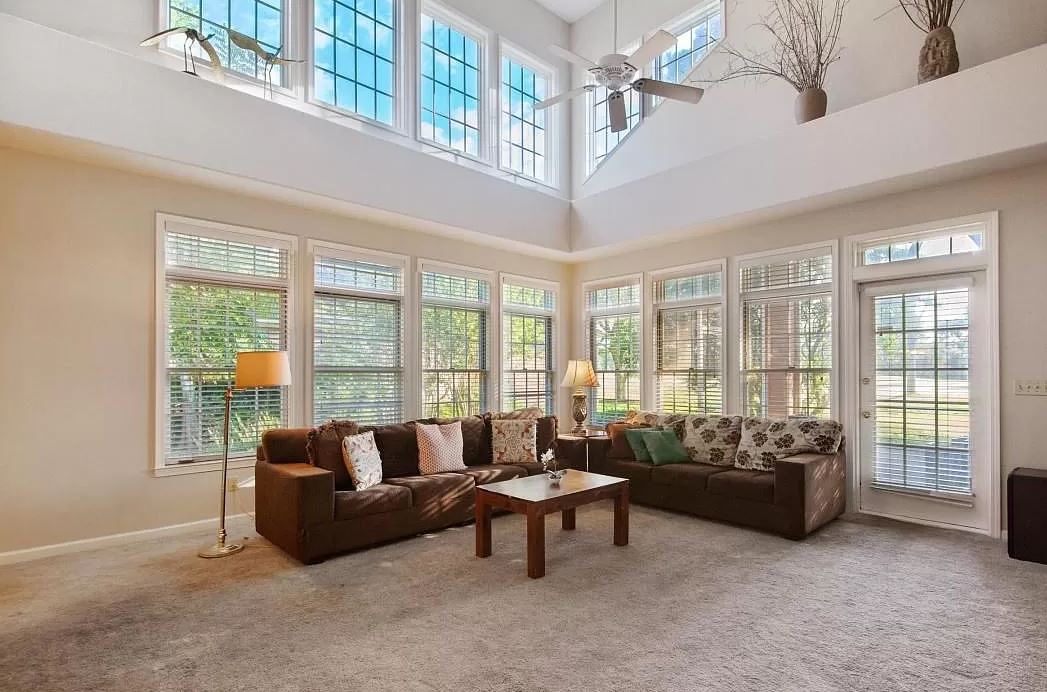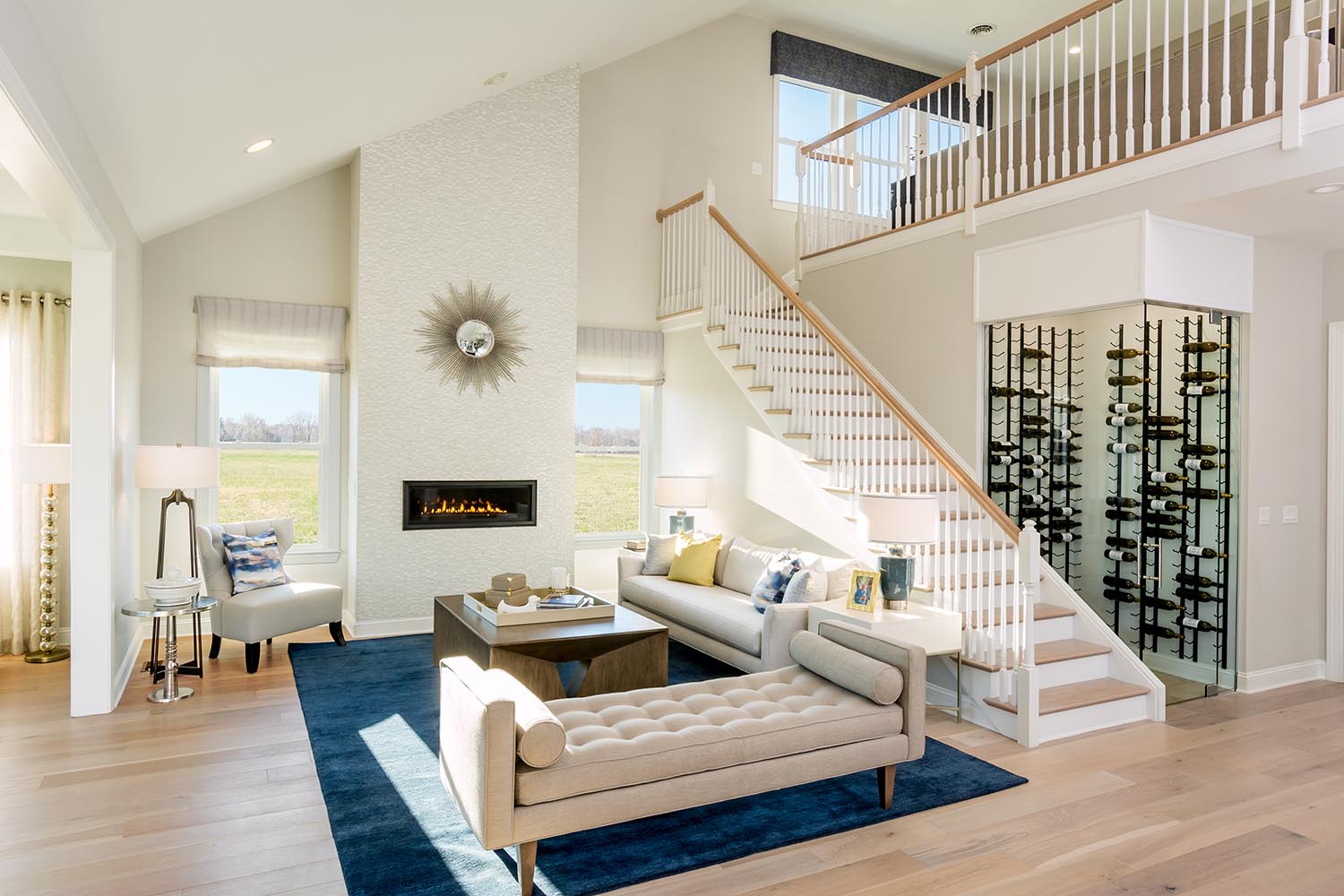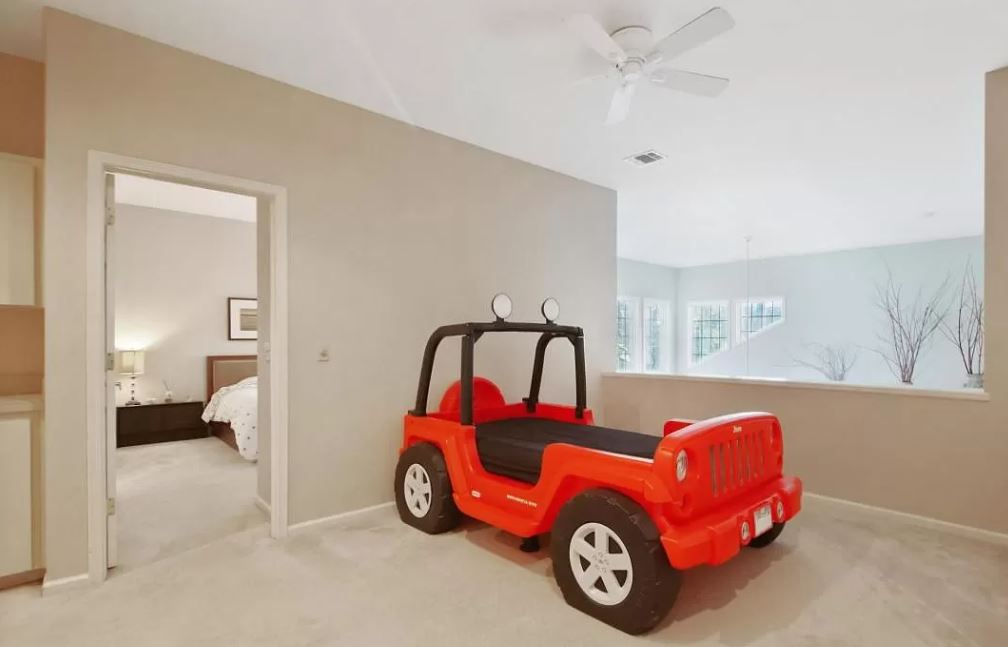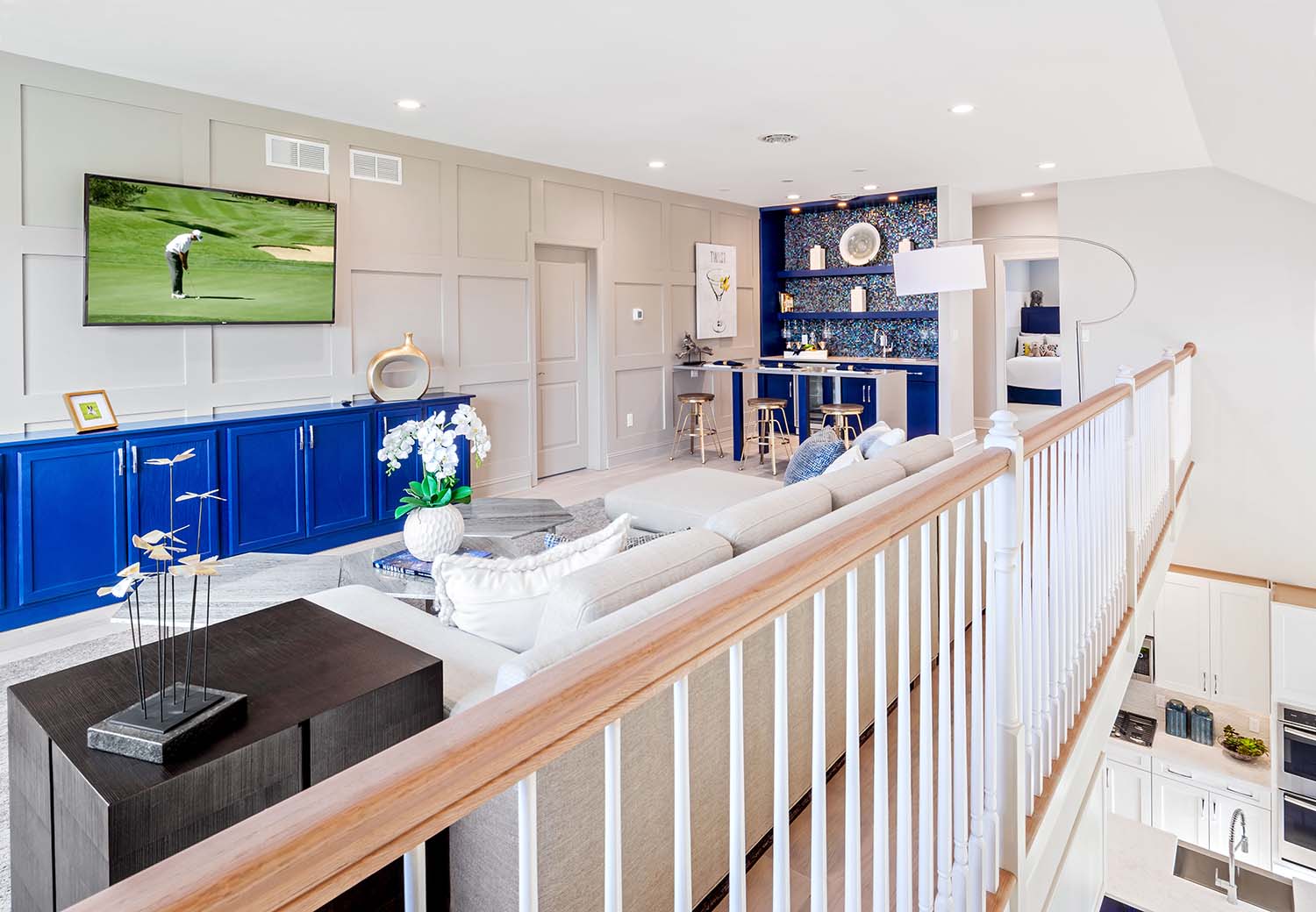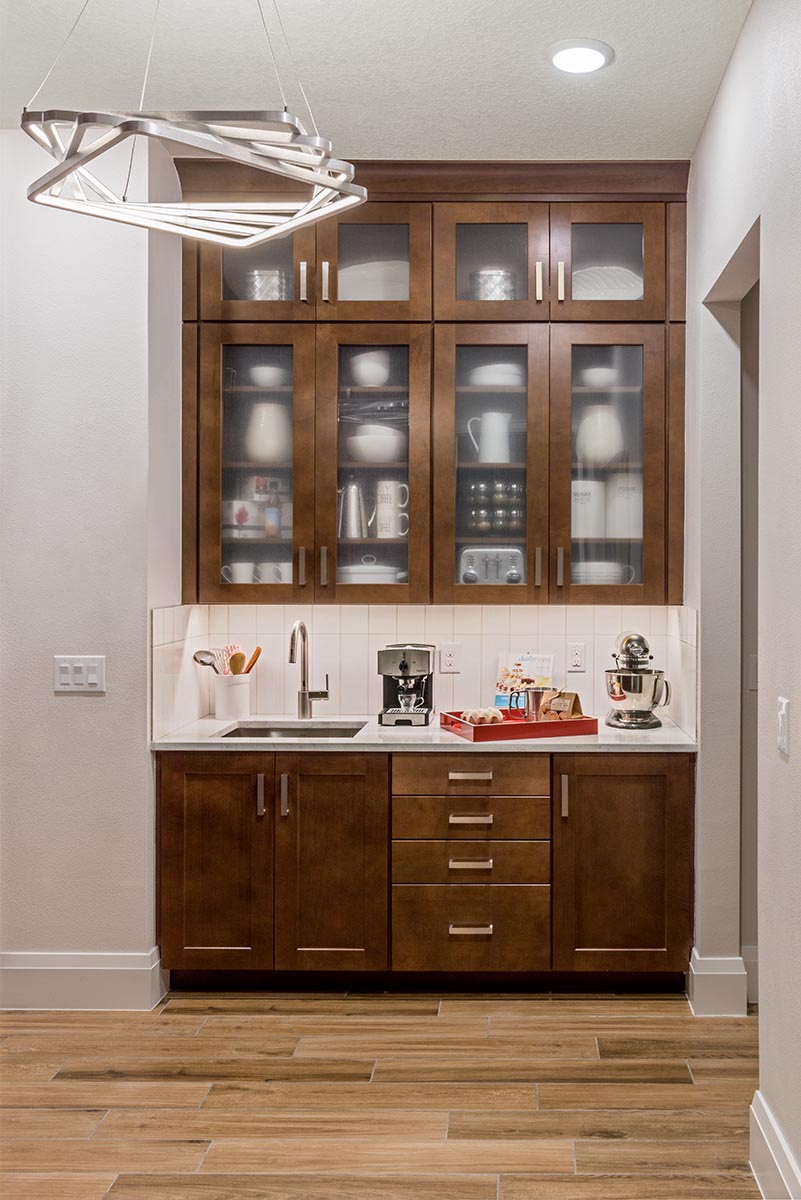Over the past 2+ years, as dual-income families were struggling to balance work and home life, the open floor plan was called into question. These were legitimate concerns, but I caution against throwing out the baby with the bath water. It is my belief that the open floor plan is still valid and preferred by buyers – when done correctly.
Let’s walk through the benefits of the open floor plan and things we need to guard against.
The Benefits
More Interactive
I love a unified casual lifestyle plan – where the kitchen, café, and family room are visually connected. I can be in the kitchen cooking and still feel connected to my family or the action on the TV. Add a large island with seating and my family can gather around the “chef” as meals are being prepared, served, or cleaned up (as they help of course).
I can’t imagine living in a “Leave it to Beaver” house, where the kitchen was isolated from the family room. Okay, maybe if I had a personal chef preparing my meals – but most of us don’t have that luxury.
Connecting to the outdoor living is just as critical as the connection to the casual lifestyle spaces. Making that connection both physically and visually is important. Of course, in warm climates, we enjoy the ability to add large sliding glass doors that disappear making the connection seamless. Continue the floor from inside to outside to make a seamless transition.
Makes the house live larger
An open floor plan simply feels bigger than one where the rooms are divided. This is so important as the cost of construction seems to be on a meteoric rise along with interest rates.
Things to guard against
Privacy please
Not all open floor plans are created equal. Be careful not the make the home too open! There are rooms that are inherently more private. The owner’s suite is definitely one of those rooms. If the room flanks the casual lifestyle living spaces, consider adding a vestibule or even a private sitting room to protect the entry into the room.
Protect the path from secondary bedrooms to their designated bath and by all means, don’t separate bedroom and bath by the formal foyer:
We call this the naked run – need I say more?
Final point on bathrooms, no one wants to see the toilet from any room.
Remember the Homeowner’s Entry
Be careful not exclusively focus on the first impression walking in the front door and only thinking of the sales process. Remember that the family who will live in the home will more frequently enter/exit through the garage. That transition space needs to be just as charming as the front door.
Control the Noise
During the pandemic lockdown, we all learned about the imposition virtual meetings using our computers speakers have on the rest of the home! Making acoustically private workspaces is critical. These work from home spaces need a door – a real door. If acoustical separation is what you’re after, a barndoor will not suffice.
Caution With two-story spaces
The first home I designed for our family had a dramatic two-story family ringed on two sides with two stories of windows (hey – it was the 90s).
If that wasn’t bad enough, we had the kids loft open to the two-story family room. So, imagine my husband wanting to watch a loud, alien invasion war movie while our young children were sleeping.
The problems compounded as the kids grew older. First it was their TV shows. Do you know how annoying Barney is from the next room? Then it was PlayStation. I would hear these silly sounds over and over as they crashed, failed, fumbled or all of the above – at one point I was ready to take over and get them to the next level just to hear something different!
Clearly, I had failed to consider the acoustical impact of games not yet invented when I designed our home – something to consider when looking at today’s technology. Will our homes need to consider Virtual Reality in the future?
Hide the messes
One of the drawbacks of an open floor plan is exposing family, friends, and guests to our messes. For me, this starts with our kitchens. These were once strictly utilitarian spaces which have now evolved to the center of our entertainment. Consider adding a back kitchen or “Messy Kitchen” to hide counter clutter from view.
Is the open floor plan at risk? I don’t think so – though there are nuances with how we live that need to be taken into consideration. Do your floor plans provide the entertainment “WOW” factor while balancing the need for functionality and privacy?
Categorized in: Selling Floor Plans, Trends in Design
This post was written by Housing Design Matters


